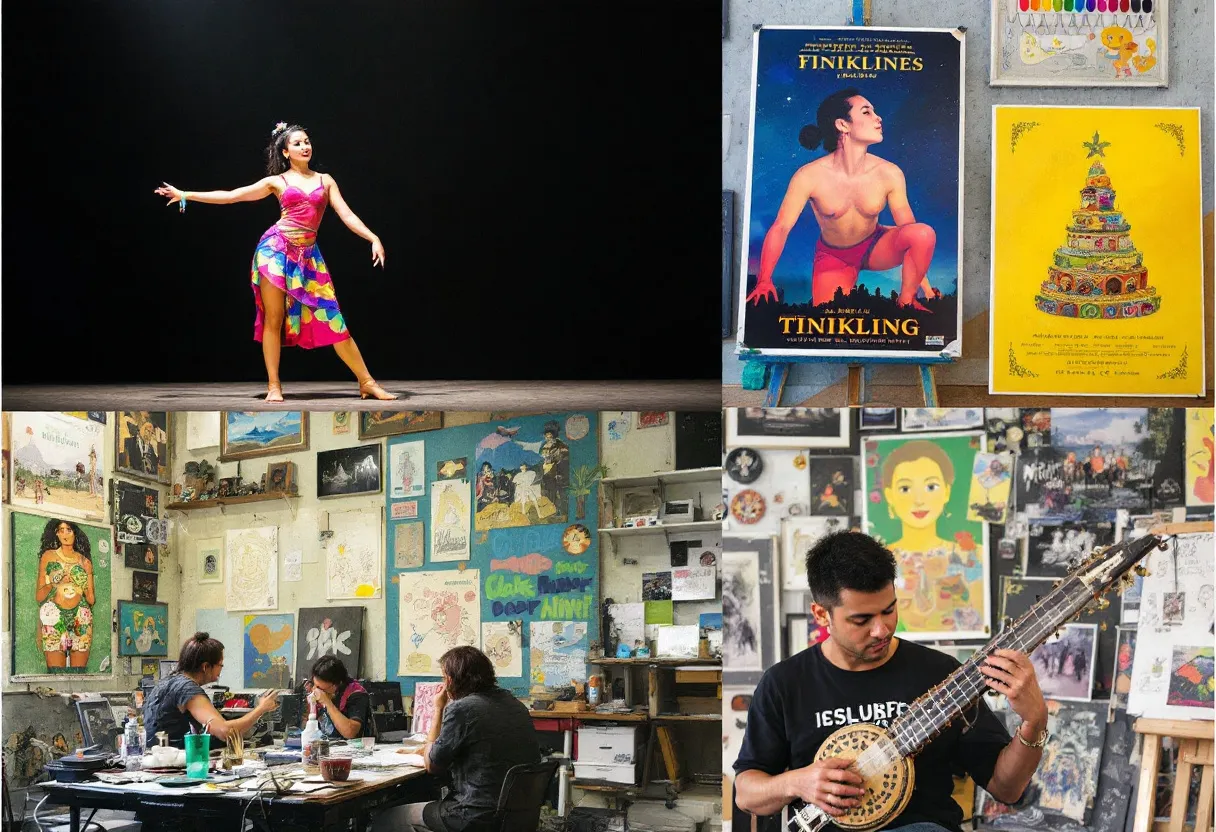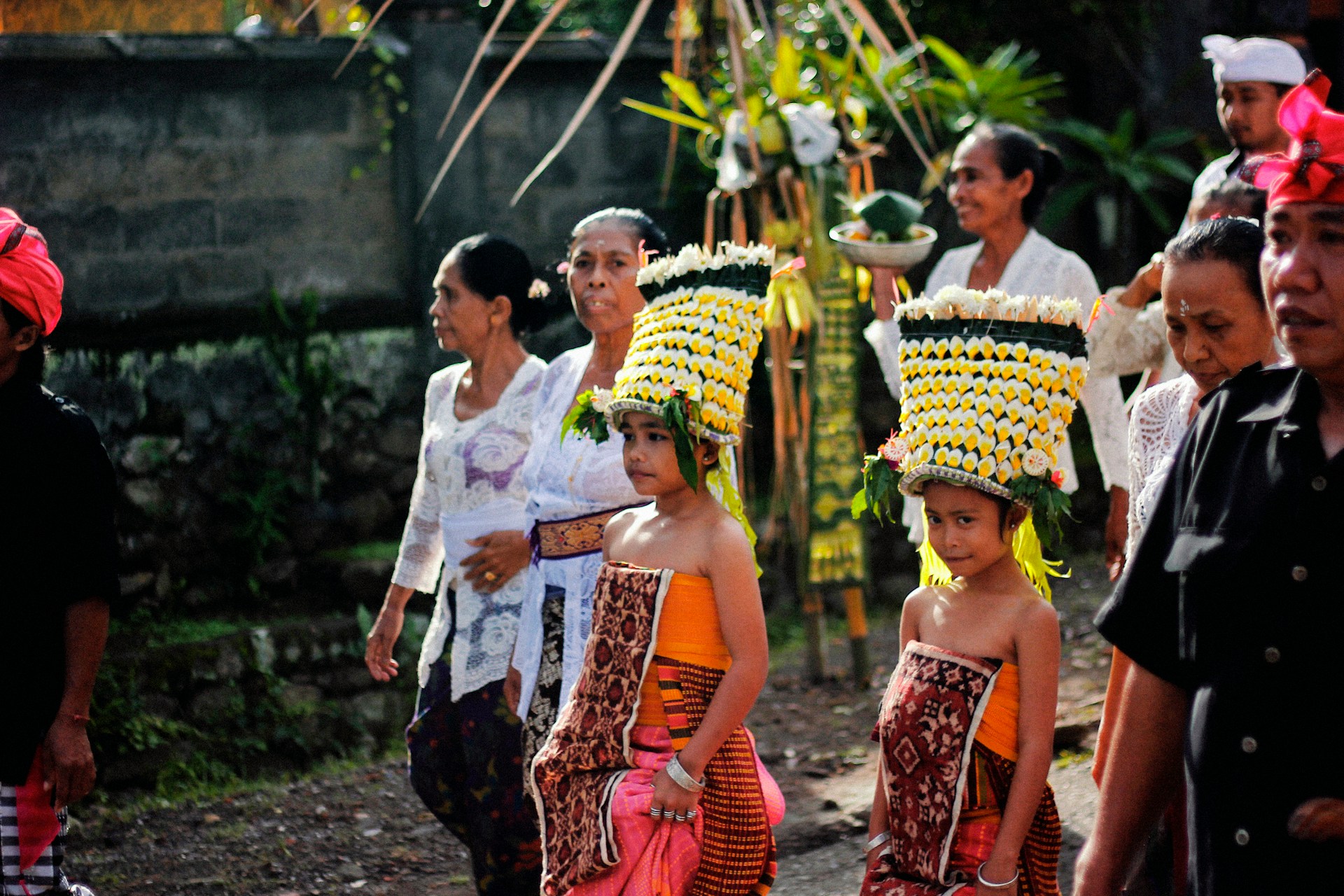Mabuhay! I’m Elena Rodriguez, and I’m thrilled to share my passion for Filipino culture with you, especially the iconic Jeepney! The Philippines is more than just a country to me; it’s a lifelong fascination. Its vibrant artistic expressions, history, and resilience have always captivated me.
Alright, let’s dive in! Today, we’re embarking on a journey to explore the rich and diverse tapestry of Filipino culture. From its indigenous roots to the influences of Spanish and American colonization, the Philippines offers a unique blend of traditions and modernity that’s truly captivating. Whether you’re a traveler planning a trip, a student eager to learn, or someone with Filipino heritage looking to reconnect, I hope this will give you some insights.
A Historical Melting Pot
The history of the Philippines is like a complex, multi-layered cake – seriously! You’ve got the base layer of pre-colonial indigenous cultures, then a thick spread of Spanish influence, topped with a generous helping of American flavor, and a sprinkle of other Asian influences. Each layer has shaped the cultural landscape in its own way.
Before the Spanish arrived in the 16th century, the Philippines was a collection of diverse barangays (small communities) with their own customs and traditions. Then came the Spanish, bringing Christianity and their own language and customs, which blended with the existing culture over three centuries.

After that, the Americans came in the early 20th century, introducing English, modern education, and a love for all things Western. Key historical events, like the Philippine Revolution and World War II, also played a huge role in shaping Filipino identity and resilience. It’s like every event left its mark and then combined to form our culture today.
Traditions and Customs: The Heart of Filipino Identity
Okay, let’s talk about what really makes Filipino culture unique: its traditions and customs. Family is everything here. I mean, *everything*. The ties are incredibly strong, and family always comes first. Then there’s “Bayanihan,” that amazing spirit of community where everyone helps each other out. It’s not just a word; it’s a way of life.
And let’s not forget “Mano Po,” that sweet gesture of respect where you take an elder’s hand and touch it to your forehead. It’s a small thing, but it says so much about Filipino values.
These aren’t just quaint practices; they’re the glue that holds Filipino society together. They reflect a deep sense of respect, community, and interconnectedness that’s truly special. I remember when my lola (grandmother) would always make me do the Mano Po, and even though I sometimes forgot, she would always give me a gentle reminder and a warm smile. Ah, good times.
Arts and Entertainment: A Burst of Creativity
Filipino arts and entertainment are like a vibrant explosion of color and sound! From traditional music and dance to contemporary art forms, there’s so much talent and creativity on display. Think of the Kundiman, those heartfelt love songs that tug at your heartstrings. And who can resist the Tinikling, with its bamboo poles and lightning-fast footwork? It’s insane! I still can’t do it.
Of course, there’s the modern stuff too. Filipino cinema is booming, with amazing directors and actors telling our stories on the big screen. Plus, Filipino artists are making waves internationally, showcasing our unique perspective to the world.

Trust me, there’s never a dull moment in the Filipino arts scene!
A Culinary Adventure
Get ready for a flavor explosion! Filipino cuisine is seriously underrated. It’s a delicious mix of sweet, sour, and savory flavors that will leave you craving more. Adobo, sinigang, lechon…the list goes on and on. Each dish tells a story, reflecting the country’s history and diverse influences.
Adobo, with its soy sauce, vinegar, and garlic, is like the unofficial national dish. Sinigang, that sour and comforting soup, is perfect for a rainy day. And lechon? Crispy, juicy roasted pig – need I say more? Each region has its own specialties, so be sure to explore the local cuisine wherever you go.
Seriously, if you visit the Philippines and don’t try the food, you’re missing out big time!
Festivals and Celebrations: A Riot of Color
If there’s one thing Filipinos know how to do, it’s how to throw a party! Festivals are a huge part of Filipino culture, and they’re always a riot of color, music, and dancing. The Sinulog in Cebu, the Ati-Atihan in Aklan, the MassKara in Bacolod…each one is unique and unforgettable.
These festivals aren’t just about having fun; they’re about celebrating faith, history, and community. People come from all over to participate, dressed in elaborate costumes and dancing in the streets for days. Trust me, the energy is infectious! I still remember the time I went to Ati-Atihan. I could barely move because of the crowds, but it was one of the best experiences of my life. So, if you ever get a chance to experience a Filipino festival, grab it with both hands!
Filipino culture is a beautiful mix of tradition and modernity, resilience and joy. It’s a culture that values family, community, and respect. It’s a culture that embraces diversity and celebrates life to the fullest.
I hope this glimpse into Filipino culture has inspired you to learn more and appreciate the rich tapestry of Filipino heritage. There’s so much more to discover, so go out there and explore! Until next time, ingat! (take care!)

